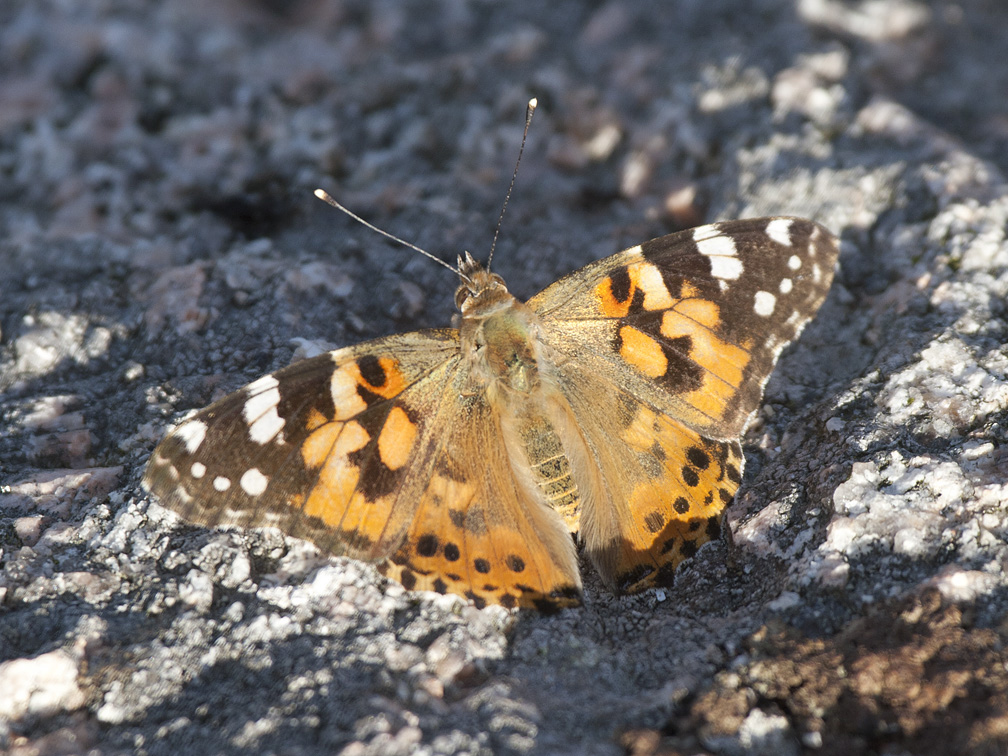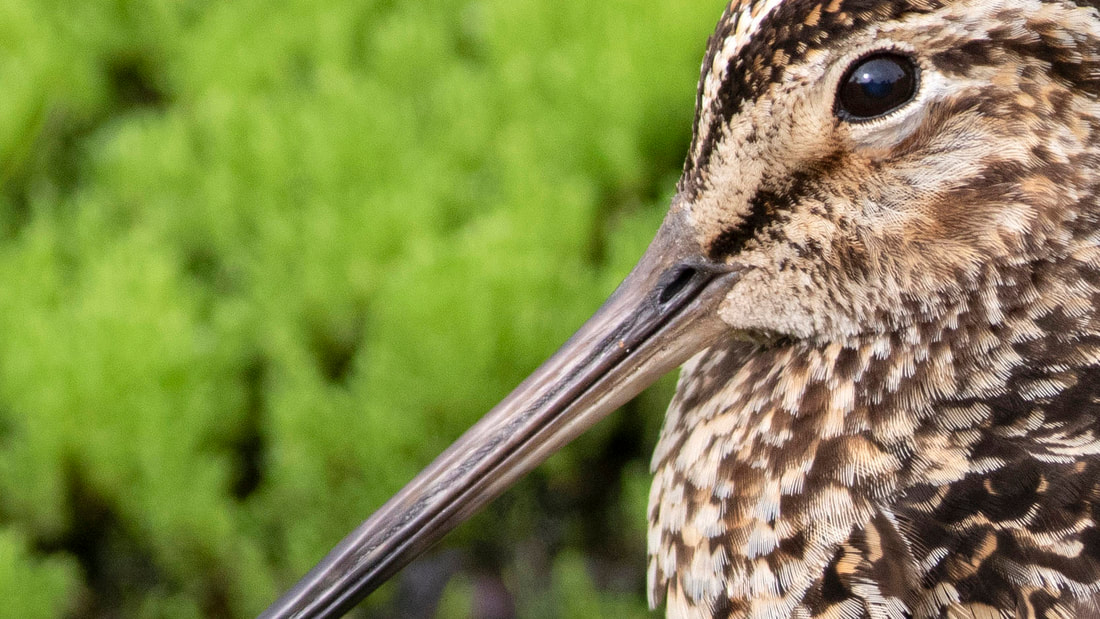It was a "colourless" bird as Eastern Orphean Warblers should be, with white, black and grey tones combined. No obvious warm tones to flanks, and the upperparts were grey (with subtle a hint of brown). The cap was blackish, fading into the mantle shade of grey in the neck region. In flight the cap and tail were the darkest parts of the bird. The undertail coverts did all have darker bases with brighter tips, a clue character when identifying this species in the field.
Moult
When first caught on 12 August no accurate notes were made on primary moult (and the moult is hard to judge from the images available), but the central tail feathers were shed (only the four outer feathers were retained). On 3 September we could note that the central feathers were fully grown, but the outer feathers were still first generation. The three outer primaries were short and growing, p4 to p7 were fresh fully grown and the inner three primaries were an older generation, probably shed at the wintering site of the bird. According to Svensson (see measurements below) this arrested moult is not rare in immature Eastern Orphean Warblers. A picture of the wing (dorsal view).
Sound
It uttered a discrete call when we approached it. Despite being lower in both volume and frequency, it reminded me of an odd short version of the Common Whitethroats Sylvia communis "terr".
Measurements
Three weeks after the bird initially was ringed, we caught it to make new measurements (according to Svensson 1992 "ID guide to European Passerines"), and they were: length of bill to skull 19.9 mm (average of six measurements), Bill + skull 39.9 mm (only one measurement) and tarsus 23.2 mm (average of two measurements). These measurements all point towards Eastern Orphean Warbler. We did not measure the wing length, since the longest primaries were growing. When caught 12 August, before dropping the outer primaries, the wing was measured to 80 mm.
Note that the birds plumage seem a little shabby because of heavy moult and some wet feathers.











 RSS Feed
RSS Feed
